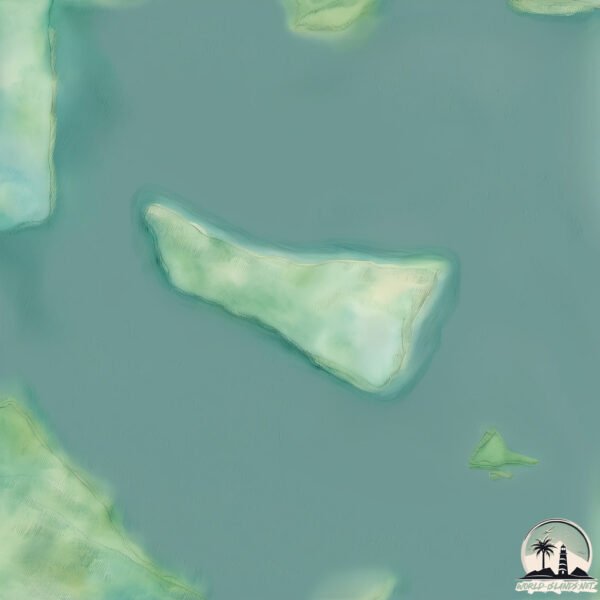Welcome to Raccoon Key , a Temperate island in the North Atlantic Ocean, part of the majestic Atlantic Ocean. This guide offers a comprehensive overview of what makes Raccoon Key unique – from its geography and climate to its population, infrastructure, and beyond. Dive into the details:
Geography and size of Raccoon Key
Size: 1.9 km²Coastline: 6.4 kmOcean: Atlantic OceanSea: North Atlantic OceanContinent: North America
Raccoon Key is a Small Island spanning 1.9 km² with a coastline of 6.4 km.
Archipel: –
Tectonic Plate: North America – Covers North America and parts of the Atlantic and Arctic Oceans, characterized by diverse geological features and varying levels of seismic activity.
The geographic heart of the island is pinpointed at these coordinates:
Climate and weather of Raccoon Key
Climate Zone: TemperateClimate Details: Humid Subtropical ClimateTemperature: Hot Summer
Climate Characteristics: With continuous rainfall and hot summers, this climate is common in some coastal regions, supporting diverse vegetation.
Topography and nature of Raccoon Key
Timezone: UTC-05:00Timezone places: America/New_YorkMax. Elevation: 1 m Mean Elevation: 1 mVegetation: WetlandTree Coverage: 91%
The mean elevation is 1 m. The highest elevation on the island reaches approximately 1 meters above sea level. The island is characterized by Plains: Flat, low-lying lands characterized by a maximum elevation of up to 200 meters. On islands, plains are typically coastal lowlands or central flat areas.
Dominating Vegetation: Wetland
Vegetation: 1 vegetation zones – Minimal Diversity Island
Infrastructure and Travelling to Raccoon Key
Does the island have a public airport? no .
Does the island have a major port? no .
The mean population of Raccoon Key is 0 per km². Raccoon Key is Uninhabited. The island belongs to United States of America .
Continuing your journey, Skidaway is the next notable island, situated merely km away.
Raccoon Key Drone Flight HD
Raccoon Key Drone Flight HD
Beach Glamping Little Raccoon Key Private Island
Go beach glamping on your own private island. Little Raccoon Key, ...
Go beach glamping on your own private island. Little Raccoon Key, Georgia. LittleRaccoonKey.com. Private Chef. Beach ...
Take a video tour and EXPLORE this hidden gem among the Georgia ...
Take a video tour and EXPLORE this hidden gem among the Georgia barrier islands!! This coastal paradise is hidden and tucked ...
United States of America is classified as Developed region: G7: Group of Seven – Major advanced economies, including Canada, France, Germany, Italy, Japan, the United Kingdom, and the United States. The level of income is High income: OECD.
News – Latest Updates and Headlines from Raccoon Key
Stay informed with the most recent news and important headlines from Raccoon Key. Here’s a roundup of the latest developments.
Loading...
Please note: The data used here has been primarily extracted from satellite readings. Deviations from exact values may occur, particularly regarding the height of elevations and population density. Land area and coastline measurements refer to average values at mean high tide.

